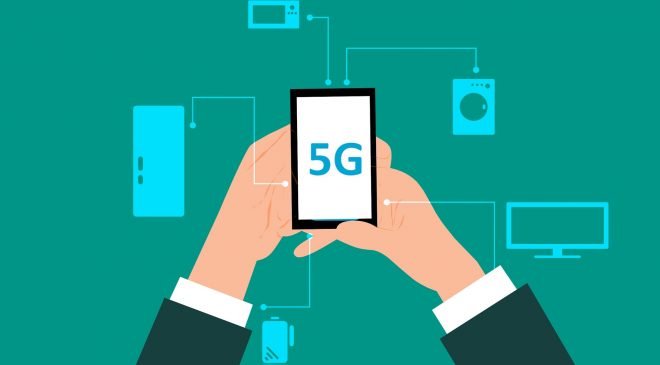
All telcos affected.
The Australian mobile services market was hit hard by the pandemic in 2020, with the total number of Services in Operation (SIOs) declining by 606,000 (or 1.7 per cent) from 2019, compared to a typical net increase of 800,000 to 1.1 million SIOs annually since 2016, according to new research from Australian emerging technology analyst firm, Telsyte.
The Telsyte Australian Mobile Services Market Study 2021 tracks SIOs in mobile handsets, mobile broadband and mobile IoT for business applications.
The decline was primarily due to the reduction in prepaid handset SIOs which was impacted heavily by the disappearance of “temporary visitors” and new migrants. This was compounded by lower demand for connecting additional devices to mobile networks, in line with spending more time at home.
According to the study, TPG Telecom and Optus were most impacted, losing 15 and 9 per cent of their total mobile SIOs in 2020 respectively.
Overall, the MVNO segment outperformed mobile carriers in 2020 as consumers looked for better deals. The segment’s total SIO grew by 13 per cent during the same period as 1 in 6 mobile users switched service provider during 2020, mainly due to finding a better deal. If carriers’ sub brands are excluded (e.g. Belong, Gomo, felix Mobile), the MVNO segment still grew 14 per cent during the same period.
MVNOs made up 16 per cent of total SIOs at the end of 2020, up 2 per cent from 2019.
Telsyte expects the downward trend of SIOs will ease in 2021 as mobile services remain essential for Australians. Telsyte believes the negative impact from losing temporary visitors and migrants will remain in the next two years due to limited population growth and the gradual reopening of international borders.
Telsyte expects further market consolidation as margin pressures bite, said Alvin Lee senior analyst at Telsyte.
“The current climate is challenging for low-margin players and it will be increasingly difficult for mobile service providers to continue to compete only on price,” he said.
Uptake of fifth generation mobile services begins ramping up
Telsyte estimates there were around two million 5G mobile services in operation at the end of December 2020, increasing nearly 5-fold from 6 months ago due to better availability of 5G handsets such as the iPhone 12 series, Google Pixel 5 and Samsung Galaxy S20 FE 5G. Telsyte anticipates more than 60 per cent of smartphones sold in 2021 will support 5G and more MVNOs will begin to offer 5G mobile services this year, helping drive uptake.
Telsyte expects demand to ramp up quickly with over 55 per cent of SIOs expected to be on 5G by 2024 (currently at 6 per cent).
Additionally, Telsyte expects more Internet service providers to begin offering 5G home Internet services as a potential alternative to nbn if it can provide better margins.
According to Telsyte’s most recent consumer survey, around a quarter of Australians are interested in subscribing to home Internet services based on 5G. The flexibility of installation and the prospect of ultra-fast Internet speeds is making 5G home services particularly appealing for those living in shared accommodation (34 per cent) and hardcore gamers (43 per cent).
However, nearly half (46 per cent) of Australians said the cost of the plan is the most important factor when choosing a fixed wireless home Internet service. Going forward, Telsyte estimates over 1 million homes could potentially opt for fixed wireless services by 2023. Critical to this will be mmWave gigabit speeds, at competitive prices and with large or unlimited data caps.
“5G home Internet services are increasingly strategic to carriers as they look to drive value out of their infrastructure investments” Lee said.
IoT and wearables
Even during a pandemic, uptake of Internet of Things (IoT) devices continued to grow strongly.
Telsyte’s study found mobile IoT was the only category that grew in 2020 (the number of connections increased by almost 800,000), with handsets and mobile broadband both experiencing declines.
The uptake of mobile IoT connectivity will remain strong, particularly as more businesses continue to invest in digital transformation.
Telsyte predicts eSIM number sharing services will grow as MVNOs begin offering it this year.
The study also found 1 in 3 Australians with an eSIM enabled smartwatch are willing to pay for number sharing service at an average of $6 per month.
With number sharing, people can receive calls, SMS and use mobile data on a smartwatch even if they do not have a smartphone connected to it.




